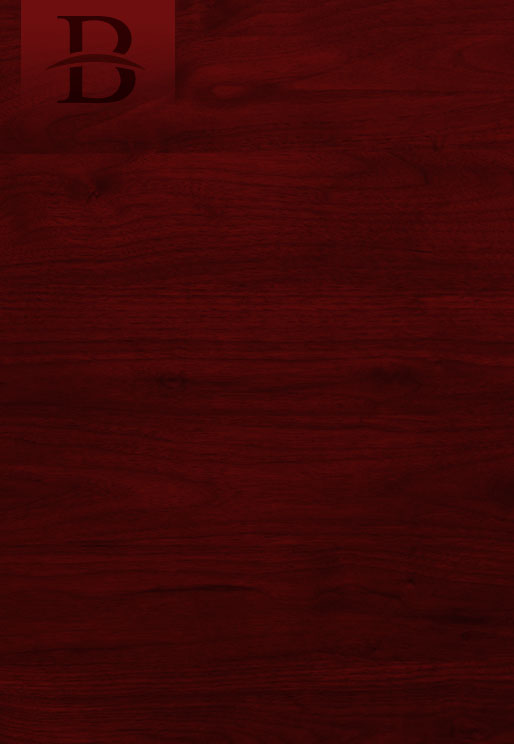There are several types of business ownership in the United States, from large corporations to sole proprietorships. When it comes to the bankruptcy code, each type of business is handled in a specific way. For almost every type of business, the owner’s debts are separated from the business bankruptcy case. However, because sole proprietorships are owned by one person or jointly by spouses, the business debts and personal debts are rolled into one bankruptcy case. If you own a sole proprietorship and are considering filing for bankruptcy, Behm Law Group Ltd. can help you navigate your case when facing the complex bankruptcy code in Waseca, MN, and the surrounding area.
Many types of businesses are commonly owned as sole proprietorships, typically they include:
- Bookkeepers and financial planners
- House cleaners
- Landscapers
- Home healthcare providers
- Caterers
- Hair stylists
- Computer repair providers
- Freelance writers
- Tutors
- Electricians
Of course, in addition to these common ones, there are many other types of businesses that can be run as sole proprietorships, and they will also have their debts as well as their owners’ personal debts included in a bankruptcy case. Those people who own a sole proprietorship and cannot repay their debts generally have two options for bankruptcy: Chapter 7 or Chapter 13.
Chapter 7 bankruptcy works to liquidate both business and personal non-exempt assets in exchange for the discharge of business and personal debts. Filers can claim exemptions to protect their assets from liquidation, including exemptions of a homestead, a motor vehicle, tools of the trade, and a wild card exemption that can be applied to miscellaneous property. In any Chapter 7 case, unsecured debts, like credit card debts, medical debts, debts to suppliers of material/products will be discharged in full. With secured debts (debts secured/guaranteed by collateral such as vehicle loans and mortgage loans), creditors can sometimes claim/take their collateral or a filer will simply agree to surrender the collateral back to them. Any debt that remains after the collateral is liquidated or sold will be discharged. For instance, if you owe $5,000.00 on a vehicle loan and the vehicle serving as collateral is worth only $1,000.00, the creditor could not pursue you for the $4,000.00 difference after it liquidated or sold the vehicle. Sole proprietorship business owners who have filed for Chapter 7 can often protect most or all of their business equipment/machinery with their bankruptcy exemptions and can resume operating their businesses with considerably less debt.
Chapter 13 bankruptcy is a debt reorganization process. Business and personal debts are restructured into a repayment plan suited to the person’s income and lasting three to five years. While you work through your plan, you can continue to run your business, and you will even have some options to relegate funds for new equipment or repairs on facilities or tools that are necessary to continue normal business operations.
Whether you file for Chapter 7 or Chapter 13 bankruptcy as a sole proprietorship, be prepared for your business debts and your personal debts to both be included in your case. To learn more about filing for bankruptcy and the bankruptcy code in Waseca, MN, call Behm Law Group Ltd. at (507) 387-7200 or email stephen@mankatobankruptcy.com.




